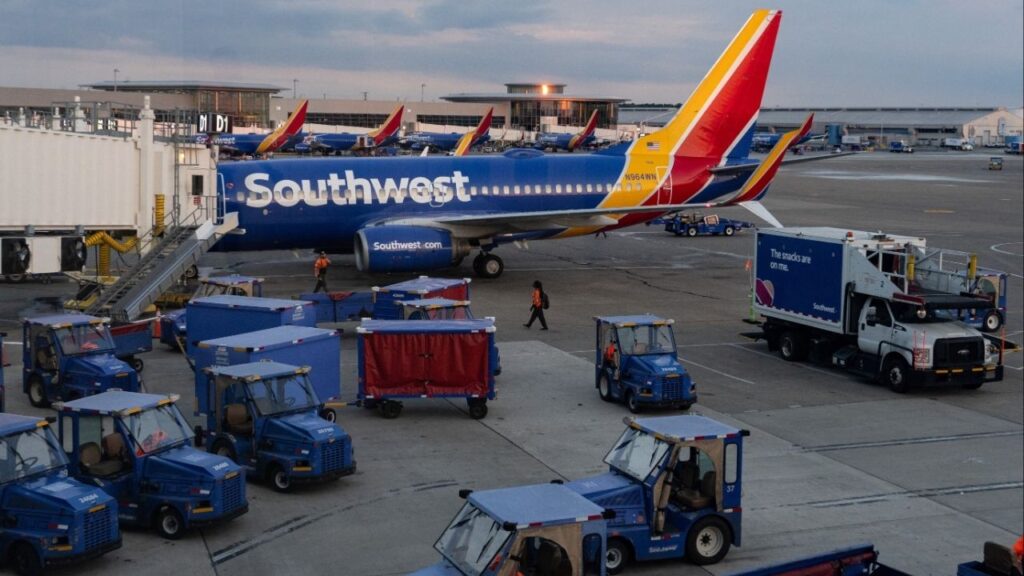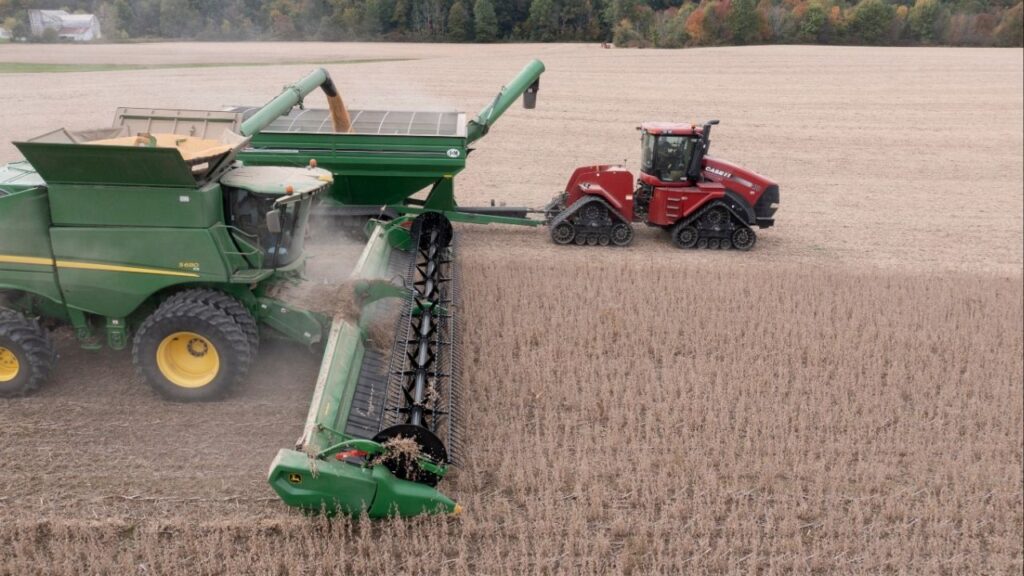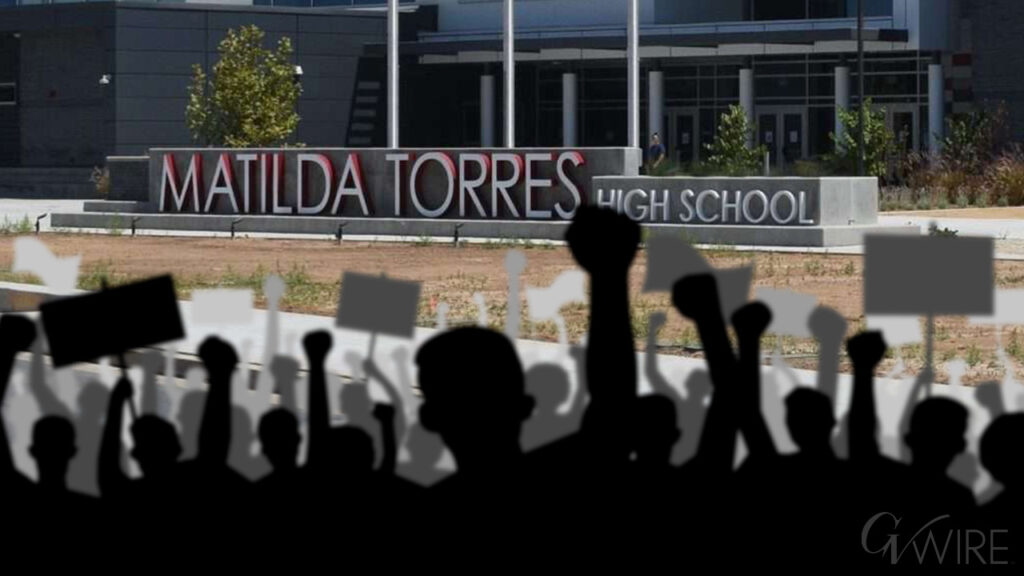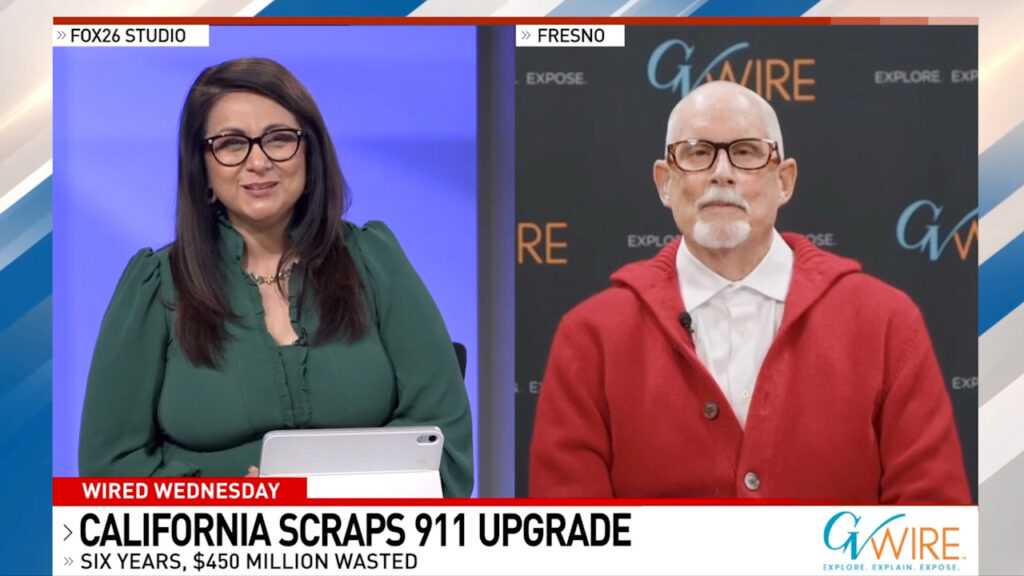Share
|
Getting your Trinity Audio player ready...
|
The California Department of Forestry and Fire Protection, or Cal Fire, maintains a list of the “Top 20 Largest California Wildfires.”
Lately, as ever more massive blazes erupt, it’s become the norm for the agency to have to update the list each year. All but two of the fires on the current list occurred within the past 20 years; the top five all happened within the past five.
That same pattern repeats in other states across the West, as headlines year after year announce wildfire size records dashed.

Colleen Hagerty
Zócalo Public Square
Opinion
At the same time, more communities are at risk of burning than in years past. More than 460 million acres across the United States are at a “moderate” to “very high risk” from wildfires, according to the U.S. Department of Agriculture (USDA). Climate change is creating some of the hotter and drier conditions, but urban sprawl and forest management practices over the past century also shape the landscape.
Addressing the heightened challenge fire poses requires rethinking how we approach our relationship with it. One step in that shift is changing how we quantify wildfires in the first place. Increasingly, experts suggest that we shouldn’t focus so much on their size, but rather on the damage they do.
It’s not that measuring a wildfire’s acreage has no value, but the practice is often removed from crucial context. Evaluating instead the way wildfires cause destruction or interruptions in daily life—such as closing schools or destroying businesses—can help us understand how to better adapt to living with them.
Fire’s Size Is Important, but Other Risk Factors Matter More
While size is often the most prominently-featured statistic in news articles and political statements about wildfires, it’s never been the most telling risk factor for a fire’s societal damage. Area became the default measurement simply because it was easy for first responders to map using familiar tools like GPS, says Kimiko Barrett, a wildfire policy analyst with Headwaters Economics, a research institute in Bozeman, Montana. Size is also easy to communicate and attention-grabbing, University of New Mexico forest ecologist Matthew Hurteau notes.
Before the 1800s researchers estimate more than 4 million acres burned annually in California — more than 10 times the acreage that burned in the state in 2022. These wildfires originated from natural ignitions sparked by lightning, and from cultural burns performed by Native Americans. Indigenous people purposefully set such fires as part of a spiritual practice and to provide ecological benefits, like rejuvenating the soil and encouraging new plant growth.
But cultural burning was outlawed by white settlers, and in the early 20th century, the Forest Service implemented an aggressive fire suppression policy requiring all wildfires be put out by 10 a.m. the morning after they were reported. Because of this rule, wildfires stayed relatively small, which made those that did manage to evade suppression particularly newsworthy and notable for their size.
Fire-Starved Forests Provide Fuel for Devastating Burns Near Communities
The fallacy of this approach became clear within decades, and we are still paying for it, as overcrowded, fire-starved forests provide ready fuel for new burns. In some ways, today’s wildfires are making up for lost time. The problem is that communities have since sprung up in former wilderness, so while wildfires might not be unprecedented in those areas, their impacts on people are now more devastating.
Another list kept by Cal Fire, of the “Top 20 Most Destructive California Wildfires” as determined by the number of structures destroyed, makes this clear. It covers the same timeframe as the Top 20 largest fires list — and again, the majority of the ranking fires have taken place during the past 20 years.
But fewer than half of the wildfires on the two lists overlap: Correlating “big” and “bad” is not necessarily correct. The most destructive wildfire, the 2018 Camp Fire, was more than 20,000 acres smaller than the 20th largest wildfire. The second most destructive, the 2017 Tubbs Fire, was less than a quarter of the size of the Camp Fire. Hurteau points to Colorado’s 2021 Marshall Fire as another example: It’s the most destructive fire in the state’s history, but only covered about 6,000 acres.
Multiple experts, including Hurteau and Barrett, believe counting buildings destroyed is a better measurement than size for understanding a wildfire’s impact. “It’s not just forests that are burning now, it’s communities of people and homes being impacted in a way that we’d never seen before,” Barrett says. What’s different and salient today is the intensity of our fires, and their more destructive impacts on towns and cities.

Focus Instead on What’s Lost
Fire scientist and former firefighter Crystal Kolden elaborated on this notion in a 2020 Nature article that encouraged a focus on studying what, rather than how much, is burning. She advocated paying more attention to human impacts, such as how many people are injured or killed in a wildfire, and how many are evacuated. In a keynote address to the International Association of Wildland Firefighters’ Fire and Climate conference last year, Kolden also recommended measuring interruptions to basic services like clean water, electricity, and school days, as well as tracking unhealthy air quality levels.
As fires become more severe and more destructive, we need to prioritize addressing wildfire risk in areas where it will have the most negative impacts, Kolden has argued. “We need to start acting more deliberately and proactively in communities in the first place,” agrees Barrett. That means making sure we’re building homes safer and smarter, and designing neighborhoods and communities thoughtfully in the face of increasing risk. Barrett calls this taking an “anticipatory approach.”
When it comes to measuring the wildfires themselves, Hurteau offers another useful metric for understanding how fires are changing: severity. “High severity fires” are wildfires that kill more than 75% of the overstory vegetation (like trees) in their path. These severe forest burns can be particularly damaging, since they destroy seeds and wipe out ecological diversity.
Plus, they create lasting risk to human communities, from damaging watersheds to upping the likelihood of debris flows after storms like the ones much of California experienced this winter. Measuring high-severity fires does consider acreage, but in a way that captures the detrimental effects to the natural and built environments.
Turning to more nuanced measurements promotes a deeper understanding of the causes, concerns, and specific challenges related to wildfires. And adding new metrics and vocabulary into the public conversation will help us move towards more comprehensive solutions, Hurteau believes. Someone who might not be able to imagine what 100,000 acres looks like can understand what it means to have a week of school canceled due to smoke days or power shutoffs.
The area of land burned by wildfires is likely to keep growing in the years to come. But smarter measurements help show why more fire doesn’t have to correlate with more damage.
About the Author
Colleen Hagerty is a freelance multimedia journalist specializing in disaster coverage. She has reported for outlets including the Washington Post and the Guardian, and she publishes a free disaster-focused newsletter, “My World’s on Fire.”
Make Your Voice Heard
GV Wire encourages vigorous debate from people and organizations on local, state, and national issues. Submit your op-ed to rreed@gvwire.com for consideration.
RELATED TOPICS:
Categories
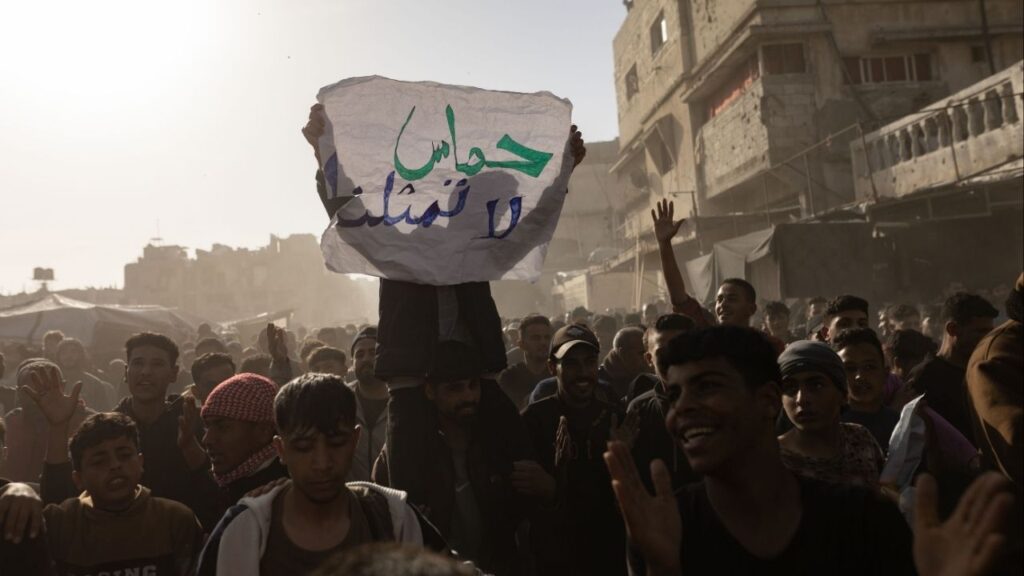
A Weakened Hamas Still Dominates Gaza, Building Day by Day

Trump Says Netflix Takeover of Warner Bros. ‘Could Be a Problem’








